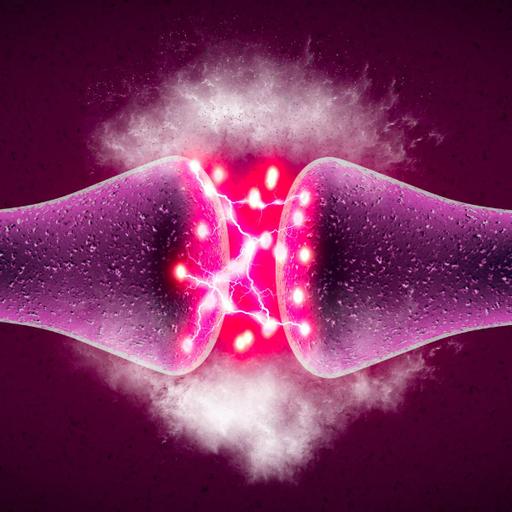Nerve Impulse
Presentations | English
Neurons which are also known as nerve cells send and receive signals from your brain. A nerve impulse is the way nerve cells communicate with one another. This signal is relayed along the axon of the nerve cell, bringing a message that instructs an effector to act. For instance, in neuromuscular junction, the nerve impulse moves along the axon of a nerve cell to instruct a muscle cell to contract. Nerve impulses are mostly electrical signals along the dendrites to produce a nerve impulse or action potential. The nerve impulse is a wave of depolarization travelling along the axon of the motor nerve such that the resting membrane potential of about −70 millivolt is reversed. Thus it becomes briefly positive. At the nerve terminal, the nerve impulse causes voltage-gated calcium channels at the active zones. For example, if your finger touches, nerve impulses support quick communication between nerve cells in the hand and the brain so you avoid a severe burn. The presentation helps you to have deeper understanding on the topic.

6.00
Lumens
PPTX (24 Slides)
Nerve Impulse
Presentations | English
